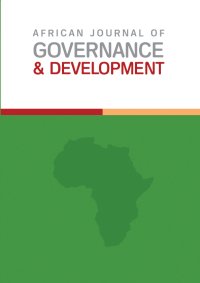Mozambican Aggregate Consumption and Domestic Saving: Evolution and Strategic Relevance
Main Article Content
Abstract
This article aims at sharing some results of research on the economic growth strategy in Mozambique using a simple but relevant and operational concept of growth strategy: how an economy grows, secures benefits and asserts itself, regionally and internationally, combining the main sources of financing/ investment, namely: domestic savings (private and public) and foreign savings (foreign direct investment, debt and foreign aid). When Mozambique gained its political
independence in 1975, it was consuming more than it produced due to the contribution of foreign saving. In the following four decades, the external dependence of the Mozambican economy worsened significantly and the substitution of domestic savings by foreign saving reached unprecedented levels in the 1980s. However, in the first decade of the current 21st century, Mozambique registered an annual average growth rate of the real GDP per capita relatively high
(5.3%) and for the first time in fifty years achieved a positive 10-year average of domestic saving, thanks to the emergence of domestic savings and accumulation of private capital. It was an unprecedented decade for its break with the previous trend; but so far, the new trend does not correspond to a substantial change in growth strategy to ensure that foreign savings become complementary rather than a substitute for domestic savings
Article Details

This work is licensed under a Creative Commons Attribution-NonCommercial-NoDerivatives 4.0 International License.
